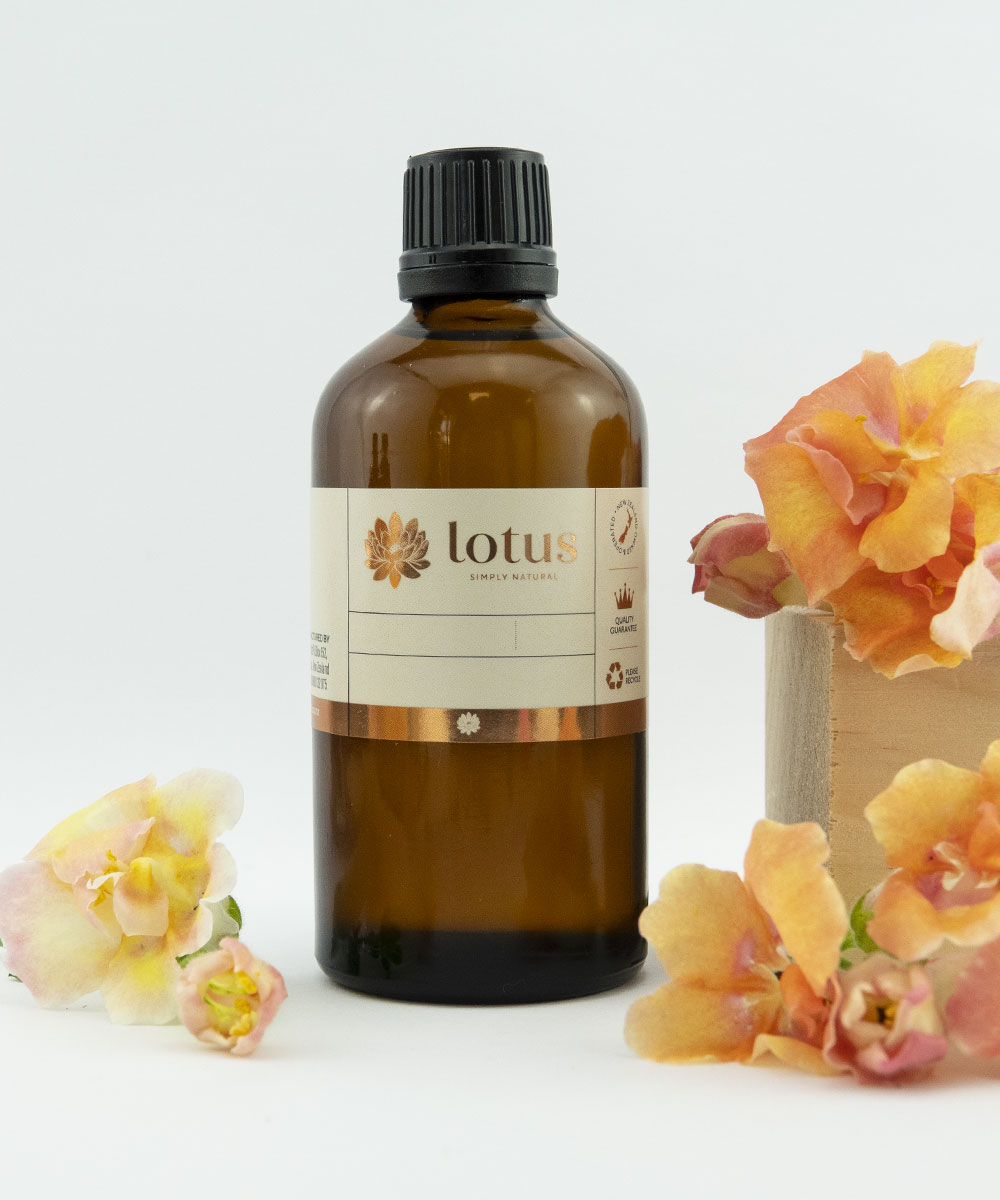Lactic Acid 80%
$6.43 – $27.82Price range: $6.43 through $27.82 (Incl. GST)
Lactic Acid is found in sour milk, hence often called Milk Acid.
Origin: Our lactic acid is produced via the fermentation of a cultured bacteria via biotechnology.
It is a liquid solution in water of about 88% purity.
Lactic Acid is a strong Alpha-Hydroxy Acid and hence will have excellent exfoliant properties, although these are weaker than, but second only
to, Glycolic Acid. AHA products should be a stand alone treatment product and not included in another product. While AHA can be included in other
products there are certain incompatibilities that may arise plus AHAs (because of the pH required for best effectiveness) may not allow other products
(such as cleansing masks) to work properly, and vice versa.
AHA products should have a pH of 3.5 to 4.5 for best effectiveness (Note at pH 7 AHAs are totally ineffective); while masks have a pH dependant
on the function (cleansing masks with a pH of 7 to 8; moisturizing masks with a pH of 5 to 6 and some treatment masks with a pH of 4.5 to 5.5).
Hence these may have incompatible pH.
If a product has some film forming agent or, in the case of masks, have materials which are not absorbed, these may reduce the absorption of AHAs.
Hence reduce their effectiveness.
If a mask uses clays then the AHAs will react with these and both reduce the activity of the AHAs and destroy some of the clay.
AHAs are generally a face treatment and not to be confused with a cleanser. You should clean the face first and then apply the AHA treatment.
If you want to use a concentrated AHA then you will find most references suggest Glycolic Acid. However, while this is cheap and obtained in 70%
liquid form, because of its apparent activity it has its dangers in that it will quickly burn skin with disastrous consequences. The TGA and the
SUSDP (Poisons Committee) have legislated that Glycolic acid at should be used at a maximum of 30% (and preferably no more than 20%) and a pH of
greater than 3.5. Otherwise they would be considered therapeutic goods and have various poisons warnings on the label.
5 – 20% Lactic Acid would be a good place to start, as this is milder while still having excellent skin peel affects and is not legislated against.
The lactic acid we have is 80% so very strong.
Do not place this 80% product directly on your skin.
Dilute to 5% concentraion for a light peel and 10-15% lactic acid for a deeper professional peel. This is where algebra will come in handy.
It is important to do a skin test first this may reduce the risk of side effects before using fully on your face.
Citric acid is also a widely
used organic acidulate, probably because it is classified as a weak acid. As with all manufacturing processes, we recommend lab scale trials in
order to determine appropriate quantities. Normally the product is titrated with a dilute solution of Lactic Acid (10 or 20% in water) until the
desired pH is achieved. It is preferred as an acidulate as it tends to have less of a destabilizing effect on emulsions than does Citric Acid.
Benefits of Lactic Acid
It has intensive hydrating properties and moisturises the skin very well.
It prevents photo-aging (premature skin aging as a result of sun exposure) and prevents sun damage.
It acts as an exfoliant and makes the skin soft and rejuvenated.
It stimulates collagen production within the skin cells.
It also acts as an antibacterial agent.
It is an excellent astringent.
It is used to treat skin problems such as acne, impurities, and oily skin breakouts.
Dermatologists and surgeons use higher concentrations of lactic acid in chemical peels.
Lactic Acid should be avoided during pregnancy and Breastfeeding
For external use only.
| Weight | 220 g |
|---|---|
| Sizes | Lactic Acid – 100g, Lactic Acid – 1kg, Lactic Acid – 1kg – CLEARANCE, Lactic Acid – 500g |
Only logged in customers who have purchased this product may leave a review.
Related products
-
20mm Lid – (Shiny Gold or Shiny Silver)
$0.81 – $0.95Price range: $0.81 through $0.95 (Incl. GST) Select options







Reviews
There are no reviews yet.